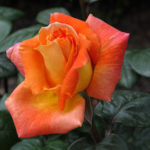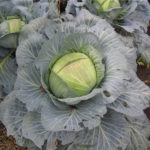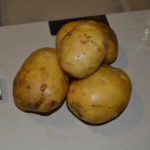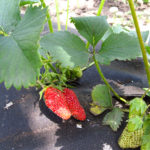Rose Martin Frobisher
Winter hardiness is a very important criterion for choosing rose varieties. It is especially important for flower growers living and forced to breed decorative flowering plants in regions with a harsh climate. Varieties of the Explorer series have excellent frost resistance. Let's take a closer look at its bright representative - the Martin Frobisher variety.
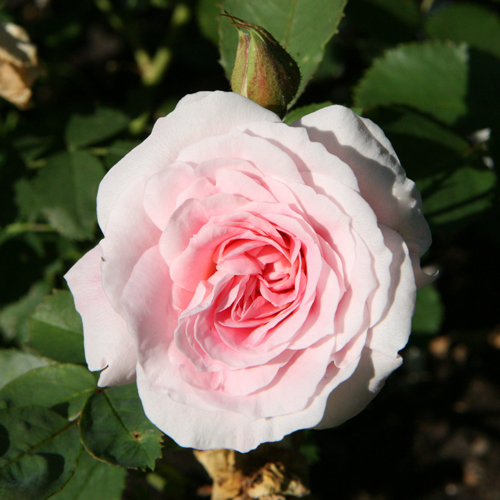
History of origin
This plant was the first of the aforementioned series to be bred in North America. Specialists from the Department of Agriculture of Canada worked on the varieties of this group. All Explorer crops are super frost resistant. But our heroine is considered the best, without exaggeration.
The author of the rose is the breeder Dr. Felicitas Svejda. The Martin Frobisher variety appeared in 1962. The trials of the variety began in 1968. They took place in the Canadian capital Ottawa, as well as in other parts of the North American state and in the north of the States. As a result of observations, some dying off of the tops of the stems of the rose bush was revealed. However, this disadvantage is easily remedied by pruning.
The variety was named after a famous British traveler who lived in the 16th century. Instead of the luxurious, sunny East, to the shores of which Martin Frobisher dreamed of landing, the navigator opened the way to the vastness of the cold, inhospitable Arctic. Given the extremely high winter hardiness of the plant, this name is the best fit for a beautiful flower. It is interesting that the Explorer series is otherwise called "Explorers' Roses", since absolutely all of its representatives bear the names of famous travelers of the past.
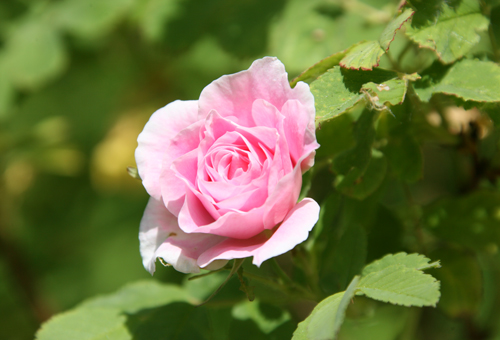
Description
It is difficult to say which category the overseas beauty belongs to. According to the international classification, it belongs to the Rugosa hybrids. If we talk about the nature of the application, then the plant can be cultivated as a park and climbing rose, as well as a shrub. However, taking into account the botanical features, the culture is still a park culture.
Martin Frobisher's appearance is gentle and attractive. The first thing that catches your eye when contemplating this plant is small double flowers with a diameter of 5-6 cm, pale pink color, close to the shade of ivory, white at the edges and at the base of silky petals. They give grace and aristocratic features to a noble culture - including through a stable aroma of medium intensity, in which a pronounced smell of rose oil is guessed. Flowers are formed on a perennial in racemose inflorescences of 3-5 pieces. Each of them is formed from 40 petals and does not last long on the plant. Nevertheless, the rose stands strewn with flowers throughout the season, since there is practically no break between the withering of the old and the appearance of new inflorescences.
Like all park varieties, Martin Frobisher is a powerful, vigorous shrub. Its height varies from 1.5 to 2.0 meters. In width, the perennial grows no more than 120 cm. Young erect shoots of the plant are covered with reddish-brown bark. In an adult culture, they are tough and durable. The advantage of the variety is the absence of thorns on the stems. Perennial leaves are dense, juicy green, oblong in shape. On their outer surface, veins are clearly visible. The flowering of the plant is abundant, lasts until the first autumn frosts.
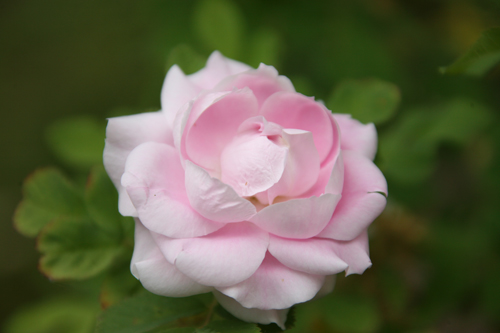
In addition to its high frost resistance, which allows ornamental shrubs to winter quietly without shelter when the air temperature drops to -45 ° C, the Canadian flower queen has good immunity to powdery mildew, medium resistance to black spot and rain. The shoots of the plant are strong, which is why they do not bend during lush flowering.
Growing and care
The creation of North American breeders is unpretentious. This makes it possible to grow Martin Frobisher even for novice flower growers who have no experience in growing roses. A place for a shrub should be chosen slightly shaded or moderately sunny.It is good if tall trees with a thin crown grow nearby, making the light passing through it diffused. Lowlands and maximum open spaces are not suitable for the Martin Frobisher variety.
The flower grows well in fertile loamy and sandy soils. Although you can use any soil for the cultivation of perennials, as long as it is loose, light, slightly acidic. The culture is planted in a hole to a depth of at least half a meter. The root collar is buried 5 cm below ground level. An ornamental shrub needs regular abundant watering with warm, settled water; periodic fertilizing with nitrogen and mineral fertilizers. Loosening the soil under the flower and mulching the area of the near-stem circle are also important for the health of the rose.
In the spring, dry and frozen shoots, as well as their tops, are pruned. The strong stems are shortened to the 8th bud. In the summer, it is necessary to regularly remove faded buds from the bush in order to maintain the attractive appearance of the plant and stimulate the appearance of new flowers. In the process of autumn pruning, the green parts of the branches, diseased and too weak shoots are removed. At the 6-7th year of life, the rose bush will not be superfluous to rejuvenate by cutting it to the base. For the winter, the culture is sprinkled with dry garden soil and sprinkled with peat on top.
Use cases
Martin Frobisher is used for single and group plantings on the lawn. This is ideal for decorating gazebos and hedges. The plant is suitable for dividing the garden into zones. It goes well with other varieties of Canadian roses, including the Explorer series, as well as with other decorative flowering mono- and perennials, with conifers. The adorable flowers of the Canadian beauty Martin Frobisher are often used in cut, because in water they retain their impeccable appearance and freshness for a long time.
